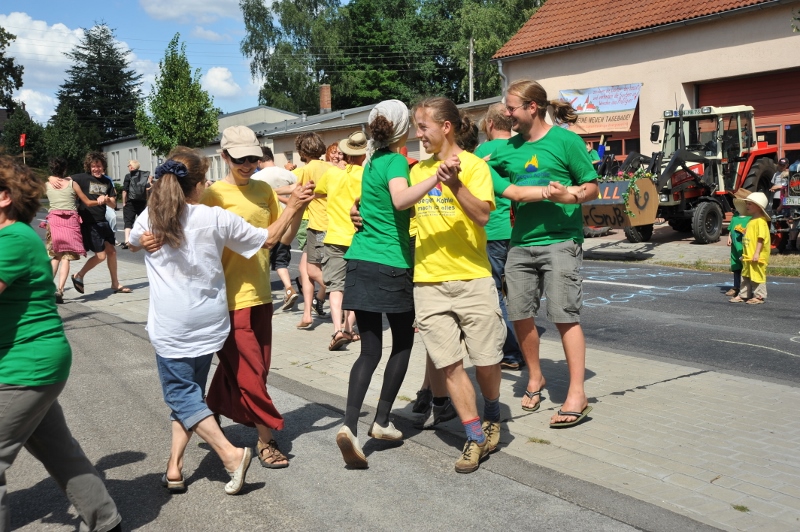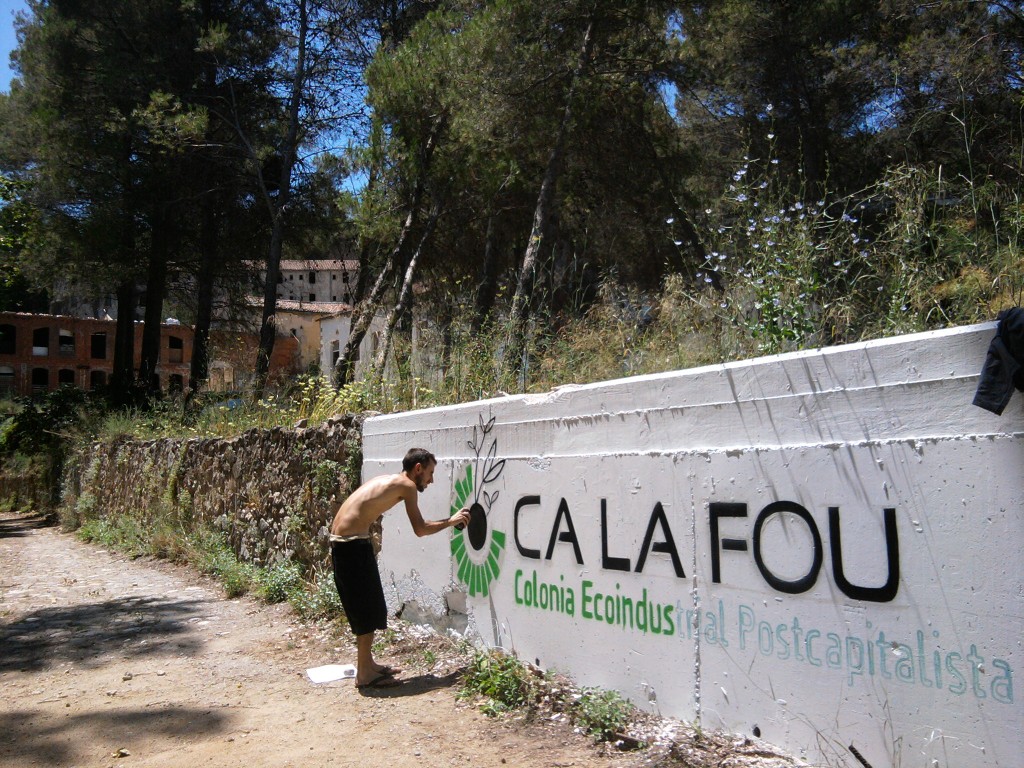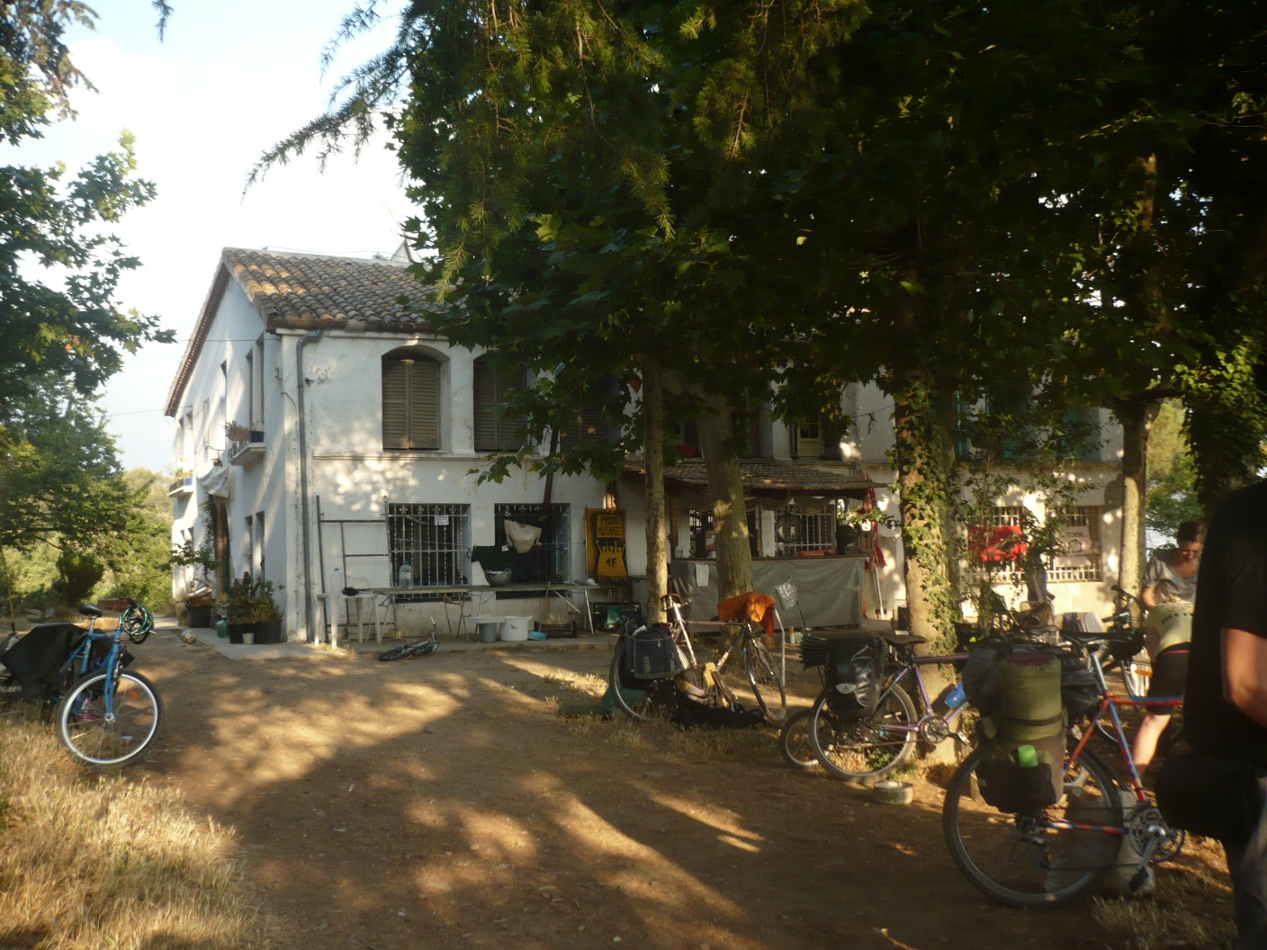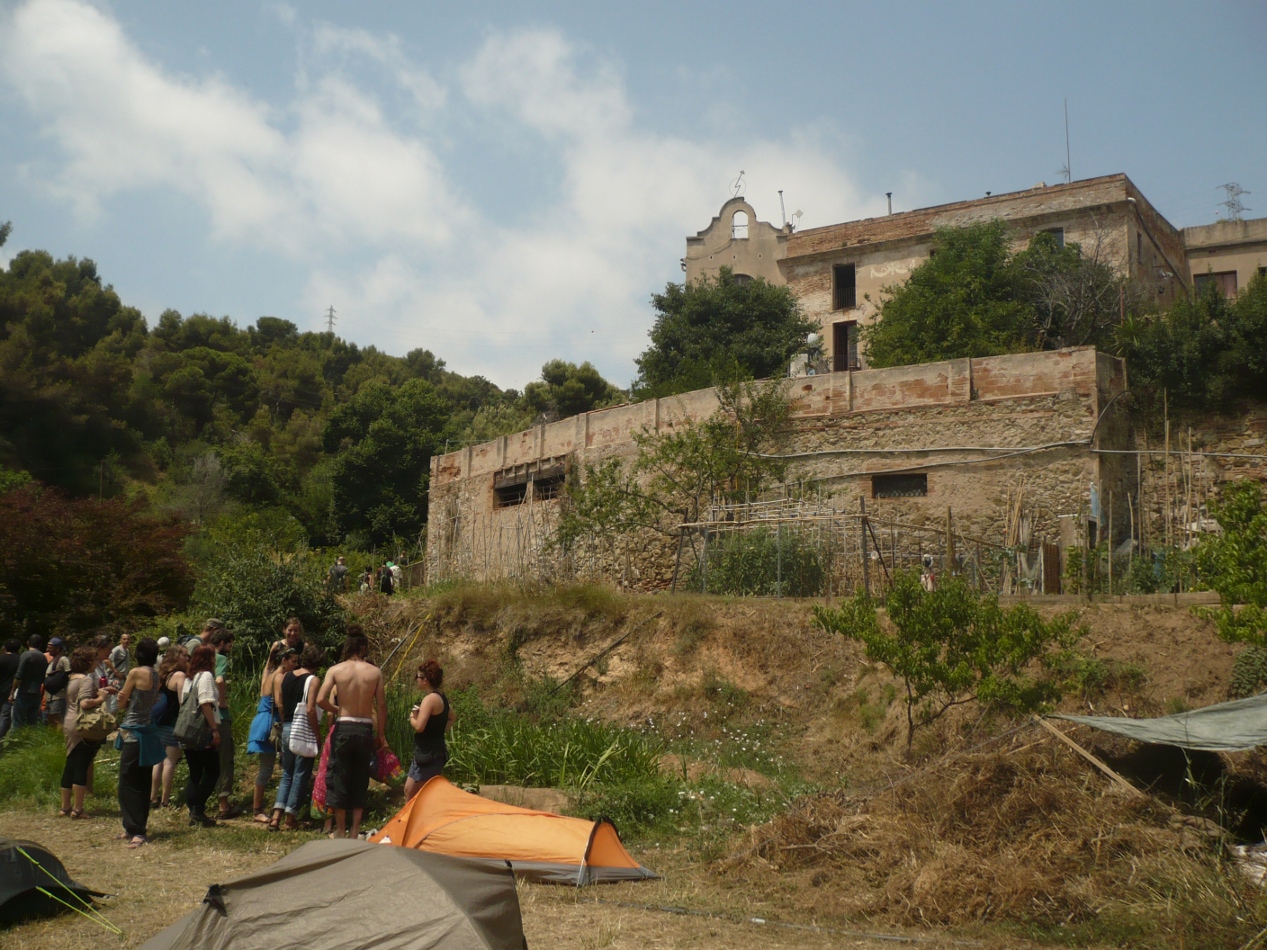Snakes in the lakes, Plums in the slums – 21st July
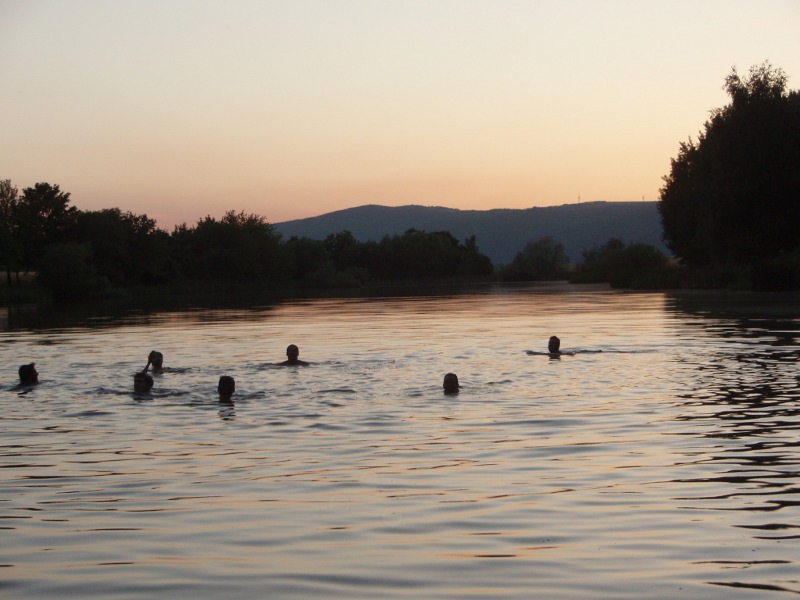
Skinny dipping at sunset ‘Red next to yellow, kill a fellow. Yellow next to black, venom lack.’ This little serpent is black all over, with no yellow or red. And she quickly slithers past us to a quieter spot. Still I’ve never seen our group of sweaty cyclists so hesitant to plunge into the cool inviting water of a lake at lunchtime! It’s 2 o’clock and outside of the shade of these trees the sun is far too oppressive to do anything, let alone continue the 50 kilometres of mountain cycling ahead. Since crossing the border from Germany to…






